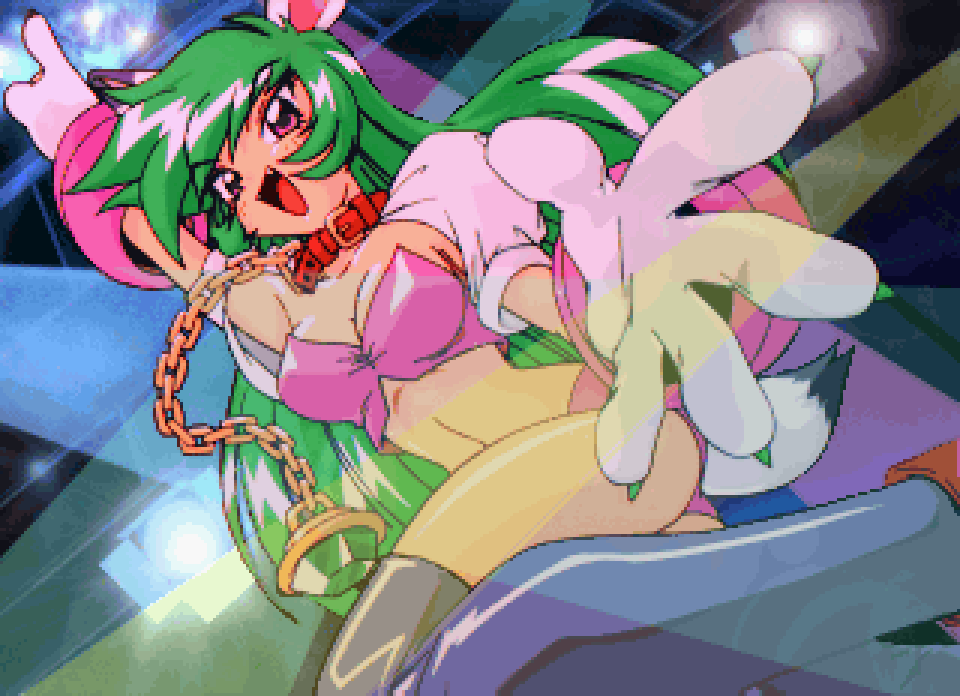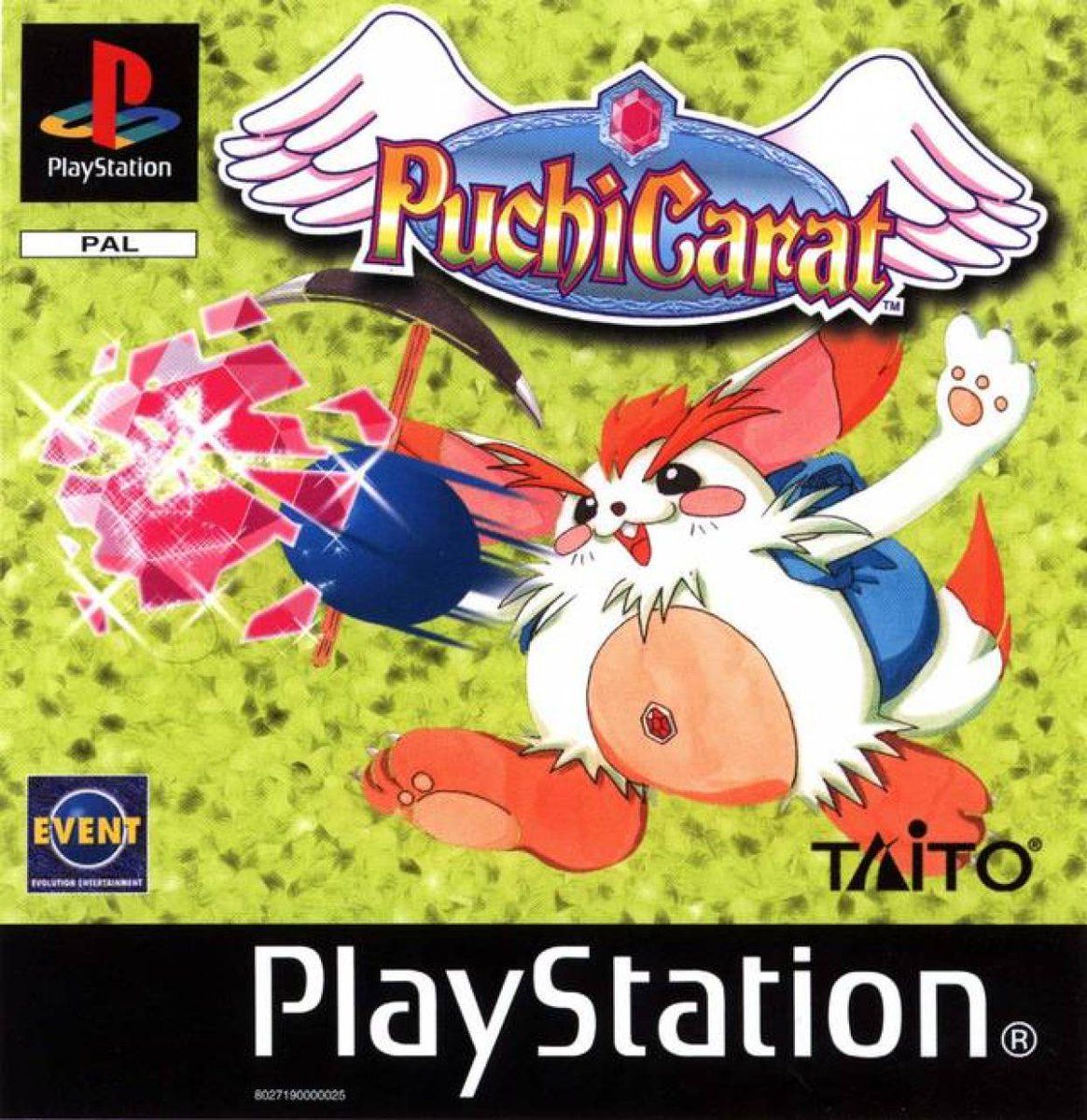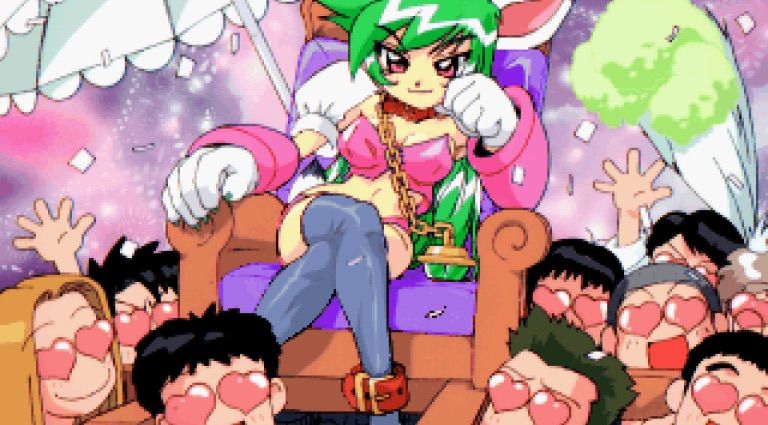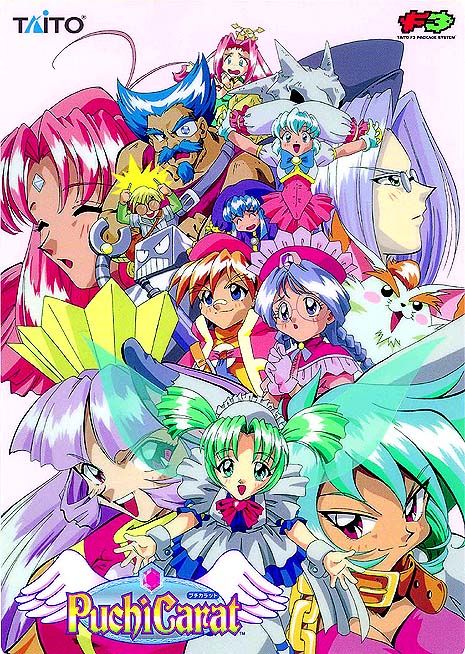Digging Deep Into Puchi Carat’s Lore
A puzzle game with complicated family dynamics

One of the many obscure games that I got to enjoy as a kid was the 1997 puzzle adventure game, Puchi Carat. Obtaining the game was sheer luck. My family came across it in an old Poundland shop, back when everything in the shop actually cost a pound. This along with the two Harry Potter games were my most played games on the original PlayStation. Much like Breakout and other fun puzzle games, I found the game to be addictive and the anime aesthetics were fun.
What I didn't realise until I saw other reviews was that the story mode and dialogue in the North American releases for Puchi Carat were wiped out. The Game Boy version wasn't released in North America either. It's a shame because the game has great worldbuilding and lore to sink your teeth into.

I liked the storyline and the connection with gemstones. The worldbuilding in this puzzle game is interesting. There are 12 playable characters, not including an extra unlockable character. The twelve characters represent the month of the year they were born and all their names are loosely based on their birthstone. What I also like about the game is how each character is different, their goals are different but they have strong connections with each other in their world.
The game is set in a present-day world where magic and science co-exist with each other and there is a strong debate over which is stronger. Once you've picked the character of your choice you must play against the other characters to get the other stones to make their dreams come true.
On the whole, the game is quite balanced. Each character has its own attack pattern. For a puzzle game with simple gameplay, lore and worldbuilding are complex.
Source: YouTube.
Out of all the characters, my favourite is Thyst. Now compared to the Game Boy port and PS1 port, there are times when I got confused. The Game Boy translates her name as Thyst, whereas the PS1 translates it as Shyst. I vividly remember the PS1 handbook that her mother, Peridot, is 26 years old. Thyst also has an older sister named Sapphire who is 19. It means that Peridot would have had her kids at 7 and 13 which I am convinced is either a typo or a mistranslation.
I feel a lot of empathy for Thyst because both her parents get cursed by her sister which makes me wonder how heavily neglected were the sisters. Her close friendship with Garnet is warm from the brief moments we see them together. She's the only character I feel bad for beating during the story mode.
All her endings feel happy, and it's not made clear what her true wish is. I think all she wants in life is to be happy. It's easy to relate to her; she's anxious about the outside world and just wants happiness whether it's through a hobby she loves or getting her family reunion.
Each character also gets their own ending which is different depending on what mode you play. The Game Boy versions are also different, with two character endings showing romance which wasn't done in the PS1 versions.
It's easy to see Paz as the villain with his palace in the sky. In the story mode, he is always the final boss of the other characters. Only Sapphire shows him true respect. Everyone else either seems to mock, fear, or despise him.

Without a doubt, the most popular character in the game has to be Peridot. Even though Bee and C-Mond served as mascots on the covers, the most memorable character is the Queen of Lust herself. Looking at the image above you can clearly see why. Before her eldest daughter cursed her, she and her husband were a wealthy couple, but their selfishness cost them the most valuable thing to them.
On the plus side, she regressed in age and can grab the attention of any man she sees. She is basically a dominatrix with cat paws and rabbit ears. Her wish is to make every man become her slave. Peridot's one-track mind feels one-dimensional, but it's also a little sad that she lost all memories of her family. She is forgotten by all but her husband who can no longer talk to humans and the eldest daughter who resents her. Whilst I feel sorry for Thyst, I have no sympathy for Peridot at all, even though her character design is epic.

Something that threw me off was that sometimes characters were referred to by different names. Statesman/Grand Wizard Paz and clothes-obsessed Aqua are siblings but refer to each other as Shelito and Floryte. Bee refers to his wife as Ribin and Pearl's twin is sometimes called Dearl and sometimes Dale.
Had Puchi Carat also had a visual novel mode as opposed to just being a pure puzzle game, it could have really developed the game's story a lot more. But as it is, Puchi Carat is a fun puzzle game despite its strange translations.